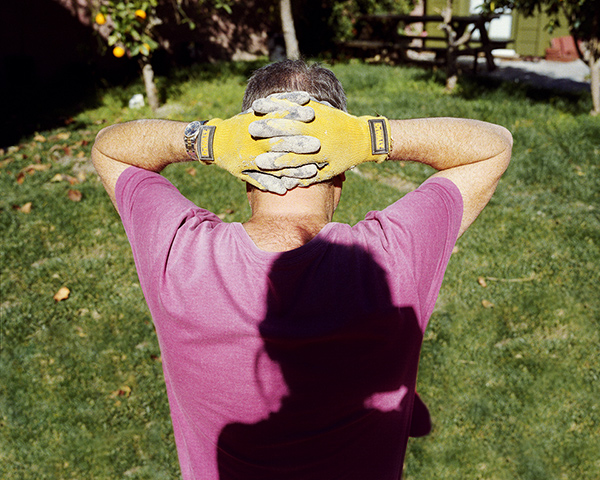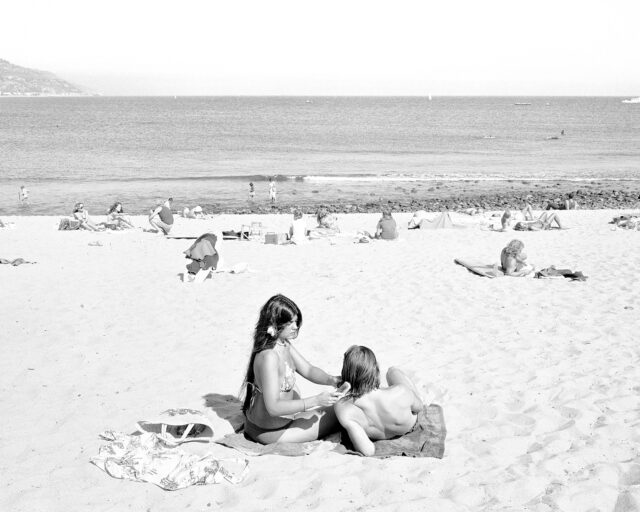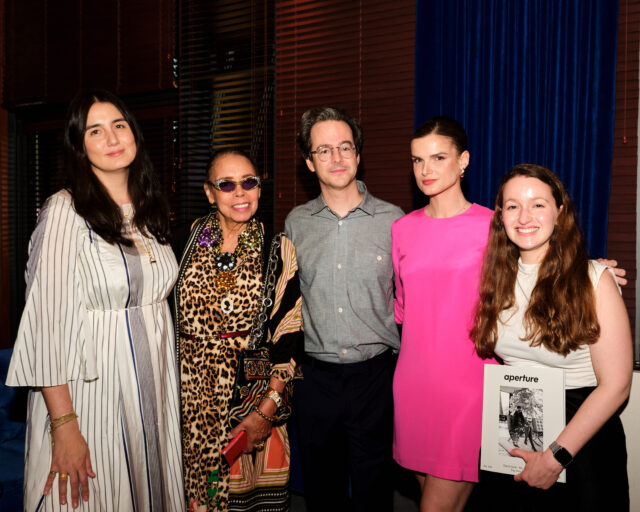Disobedient Domesticity
Wary cartographies comprise Los Angeles. The city’s relentless sprawl—spreading itself thin over five hundred square miles—evades any attempt to cultivate a singular identity. The area we consider LA is cut into eighty-eight little cities (Culver City, Inglewood) often patched together to approximate neighborhoods and informal districts (the Westside, East LA). Greater Hollywood is at the center, both in geography and mission, the metonymic scene hosting the storied studios, the Walk of Fame, and the iconic sign at the foot of the Hollywood Hills. Just over it, though, North Hollywood, in the San Fernando Valley, has become infamous for a parallel path to notoriety: since the 1970s, the Valley has been the hub for pornography production and distribution. The area’s low-lying, nondescript seediness and latent unease have fascinated establishment Hollywood (Paul Thomas Anderson’s Boogie Nights), portraitists (Larry Sultan’s The Valley series, shot on location a few blocks from where he grew up), and hustlers of every stripe.
“The 818” (area code shorthand for the Valley) is also home to another singularly postwar, American climate: suburbia. The Chinese-born photographer Sophie Tianxin Chen found herself at these crossroads of normative domesticity and acute malaise when, after finishing her MFA at UCLA, a campus-village located in LA’s Westwood neighborhood, she relocated to the Valley, landing in Burbank. Describing her new residence as an “armpit town,” she began to identify it by its “mediocrity in every way … middle-class family houses, old-fashioned diners with elderly customers, front yard decorations for every holiday.”
Having a child and becoming a caretaker while maintaining a studio practice at home only distilled these feelings of isolation. Chen longed to puncture the heaving, long stretches of dullness, much like Sultan’s pornographic film subjects who wait hours in rented tract houses for a single moment of action in front of the camera. “I kept hoping for a stranger’s phone call telling me my dogs had gotten loose to happen,” she said. “My six-week-old fell off the bed and was taken to the hospital by an ambulance. These disastrous events brought me moments of relief.”
Chen used what was in front of her, staging mise-en-scènes of the unremarkable for her large-format camera: rag dolls scattered over sandstone, bleached by the sun; bananas rendered in wholly nonsensical colors; a diaphanous cascade of plastic hangers suspended from the ceiling. Giving birth had her ceding a certain amount of control: “I am now less polite or shy in my work; it’s become more raw and careless.” The forfeiture has allowed for a self-objectification as well, stretching out her body for maximum unsentimental exposure to her own camera’s roving lens. Like the town’s X-rated permeations, Chen’s late-afternoon delights feed into our voyeuristic appetites for pleasure, drama, and perversion. If watching alone isn’t enough to satisfy you, then build a scene that will.
Read more from Aperture issue 232, “Los Angeles,” or subscribe to Aperture and never miss an issue.






























